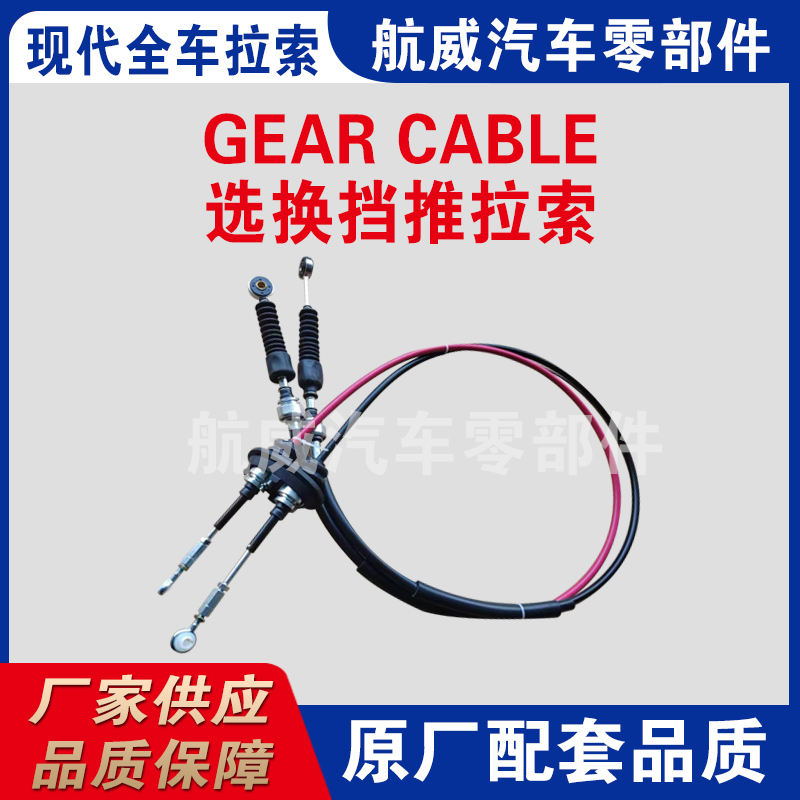Rear Derailleur Cable - Performance and Durability for Gear Shifting
Understanding the Rear Derailleur Cable An Essential Component of Bicycle Shifting Systems
The rear derailleur cable plays a crucial role in the performance of a bicycle's shifting system. Whether you are a seasoned cyclist or a casual rider, understanding this component can enhance your riding experience, making it smoother and more efficient.
At its core, the rear derailleur cable connects the shifter on your handlebars to the rear derailleur located at the rear of the bike. This simple yet essential cable is responsible for transferring your input from the shifter to the derailleur, which subsequently shifts the chain across the different cogs on the rear cassette. When you pull the shifter, the cable tension increases, prompting the derailleur to move. This shift is vital for enabling the rider to change gears, thereby optimizing their pedaling efficiency based on varying terrain and riding conditions.
The performance of the rear derailleur cable can significantly impact the overall shifting quality
. Factors such as cable length, material, and installation can influence how effectively a bicycle shifts gears. Cables are typically made from stainless steel or other durable materials that resist corrosion and wear. It is also important to ensure that the cable length is appropriate for your specific bicycle model, as too long or too short cables can hinder performance.rear derailleur cable

Installation and maintenance of the rear derailleur cable are crucial for ensuring smooth gear transitions. Over time, cables can stretch, fray, or become contaminated with dirt and grime, leading to poor shifting performance. Regularly checking the condition of the cable and replacing it when necessary can prevent issues. It’s also important to lubricate the cable housing and the cable itself to ensure they move freely and smoothly.
For those interested in upgrading their shifting system, aftermarket cables designed for performance can enhance responsiveness and help achieve more precise shifting. Brands often offer lightweight options or cables that minimize friction, thereby providing a more enjoyable ride.
The decision to replace or upgrade the rear derailleur cable is often driven by performance needs and riding style. For instance, competitive cyclists might prioritize speed and efficiency and thus invest in high-end cables, while casual riders may simply seek reliable, budget-friendly solutions.
In summary, the rear derailleur cable, though seemingly small, is a pivotal component of a bicycle's gear-changing mechanism. Understanding its function, maintaining its condition, and appropriately selecting or replacing it can elevate a cyclist's riding experience. By paying attention to this essential cable, cyclists can enjoy more responsive shifting and a smoother ride, making every journey on two wheels more enjoyable.
-
Upgrade Your Vehicle with High-Quality Handbrake CablesNewsNov.01,2024
-
Optimize Your Bike's Performance with Quality CablesNewsNov.01,2024
-
Enhance Your Vehicle's Performance with Quality Clutch ComponentsNewsNov.01,2024
-
Elevate Your Vehicle's Performance with Quality Throttle CablesNewsNov.01,2024
-
Elevate Your Vehicle's Performance with Quality CablesNewsNov.01,2024
-
Affordable Solutions for Your Cable NeedsNewsNov.01,2024
